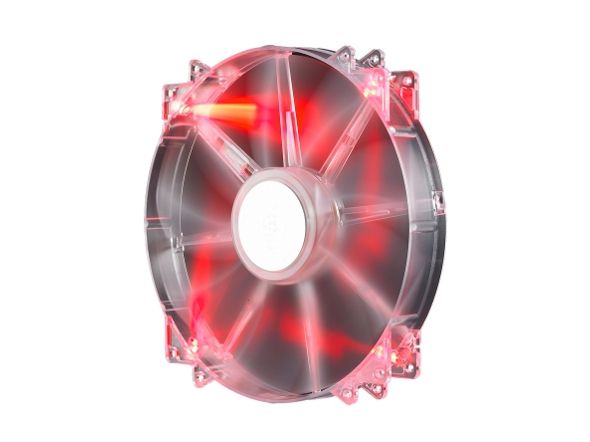If your computer makes some strange noises, rustles and knocks, then there can be two sources. The first is the cooler, and the second is the hard drive. In the second case, unfortunately for your wallet and nerves, the problem is most often solved only by replacing the hard. Well, in case the cooler is noisy, you can do it with improvised means and do everything yourself.
If extra sounds are detected from the computer, it must be turned off. Then you need to remove the side cover of the system unit. Before this, it is recommended to hold it with a metal object in order to discharge
static electricity. When the cover is removed, turn on the computer and listen. At this stage, your task is to determine which cooler is making the extra sound, and whether it is at all guilty of this. Typically, fans are installed on the processor,
power supply, video card and hard drive. Listen there.
When it is precisely determined what the cooler is noisy and where exactly it is located, we proceed to the troubleshooting. There are two ways:
- If when you look at the fan turned on, you see that it is spinning smoothly and normally, then you only need to lubricate it. To do this, take a medical syringe (without a catheter), put lithol (engine oil) into it and drip a little under the sticker in the center of the cooler. If excess lubricating oil forms, wipe them with a cloth. Then, stick the adhesive tape to the place where the sticker used to be (so that the dust does not fall).
- If the cooler is noisy, it can be replaced. This method is more guaranteed. It is inexpensive. The price varies depending on which device the fan will go to, what is its power. When buying a new cooler, keep in mind that the more powerful it is, the greater the noise from it. But no matter how powerful it may be, it will produce less sounds than your current, faulty one.
Replacing a cooler is a very difficult and responsible task, and it is better to entrust it to a specialist. However, if your
hands itch, do it yourself, then read on.
If the cooler is noisy on the video card, hard drive or power supply, it is most convenient to remove these parts from the computer and “operate” them, placing them conveniently on the table. With a processor fan, you have to suffer and replace it directly in the system unit.
Remove the defective cooler first. To do this, carefully unscrew the four screws that hold it, and disconnect the wires that supply it with electricity (sometimes you need to solder the power). In the case of the processor and the video card, you need to wipe the thermal grease off with a napkin from the microcircuit over which the cooler was. In the power supply and on the hard drive, as a rule, you do not have to deal with this.
Then, on the new cooler, remove the protective layer under which the thermal grease will turn out, and install it in the place of the old one. Tighten all screws. During installation, do not make sudden movements and try not to touch the blades, as the alignment of the fan is so precise and thin that it is easy to break. When the cooler is installed, connect (or solder) the power wires. If you have to solder, then observe the polarity so that the fan spins in the right direction. Otherwise, you may risk overheating the fragile component of the computer. This completes the process, you can turn it on and check.

If the cooler is very noisy, then most likely you will have to use the second method and replace the part. Remember that components can be expensive, and incorrect replacement, which entails other malfunctions, can hit your wallet badly, especially when it comes to a powerful computer. When the cooler is noisy, you should immediately pay attention to this and not start the problem, since the longer the problem remains, the closer you are to “transplantation”.